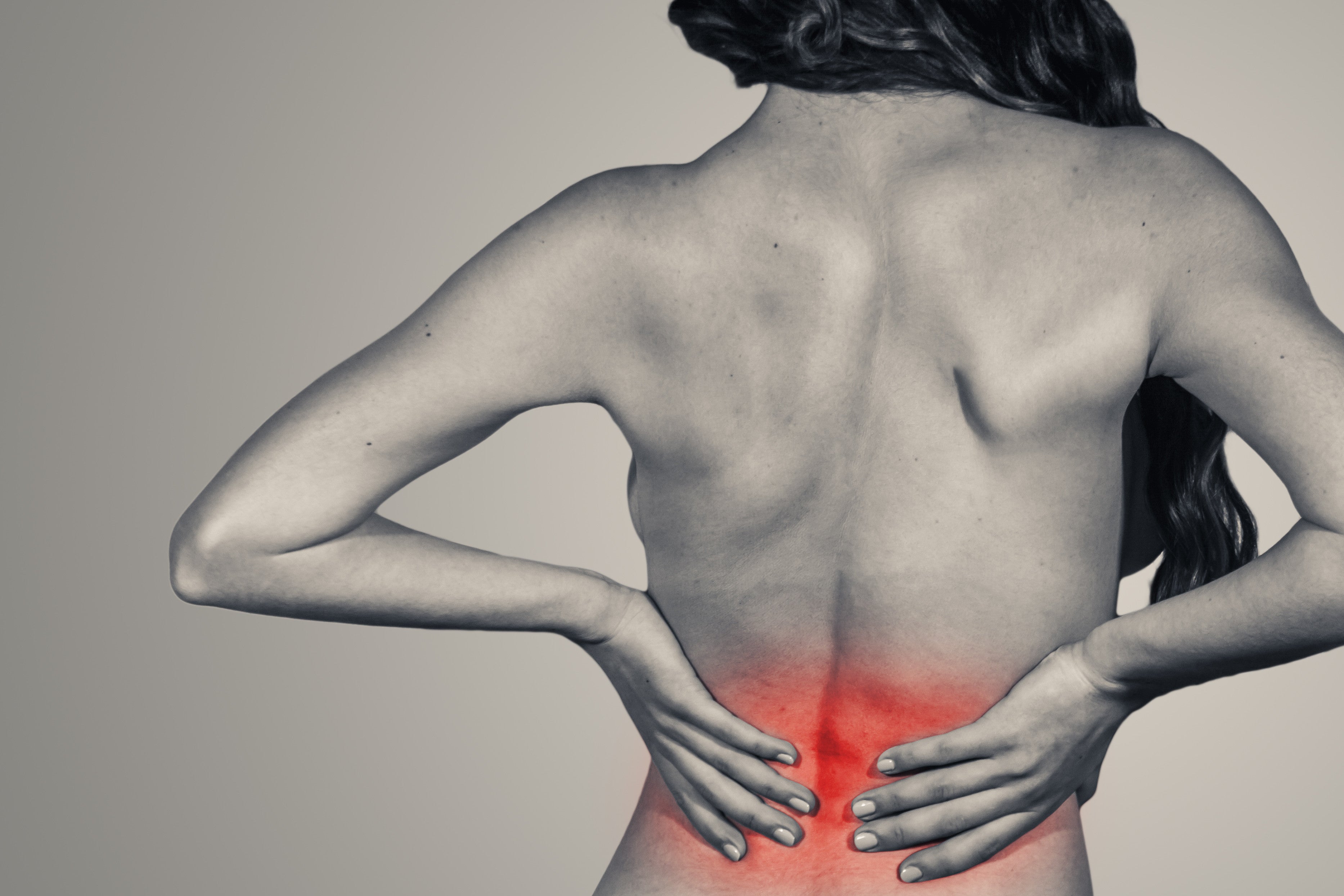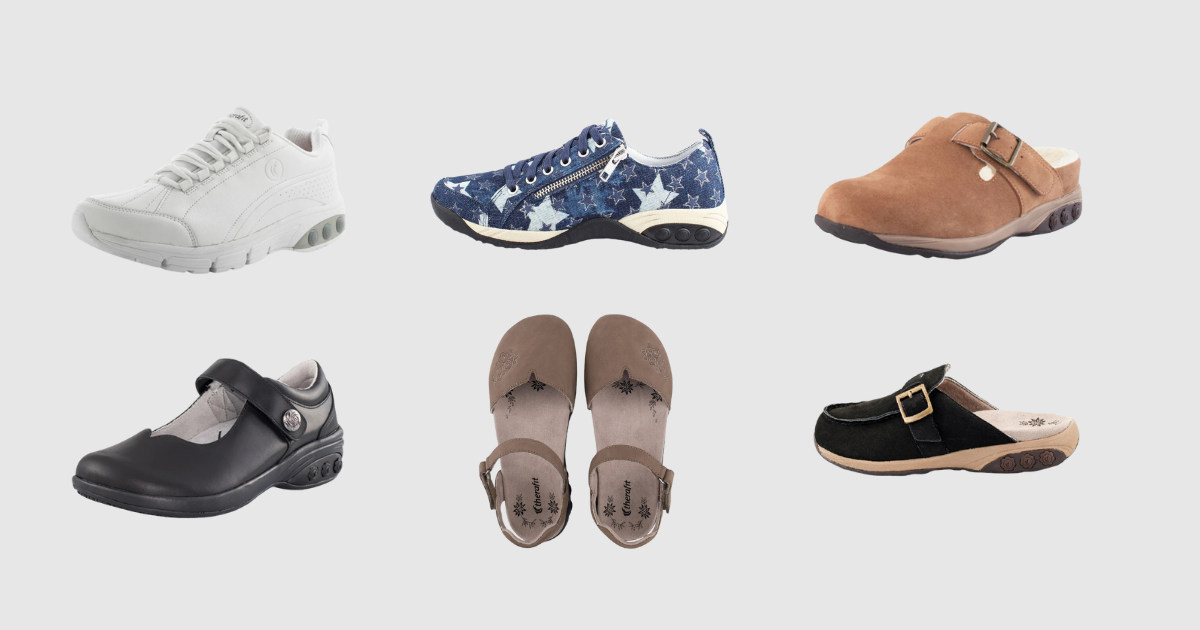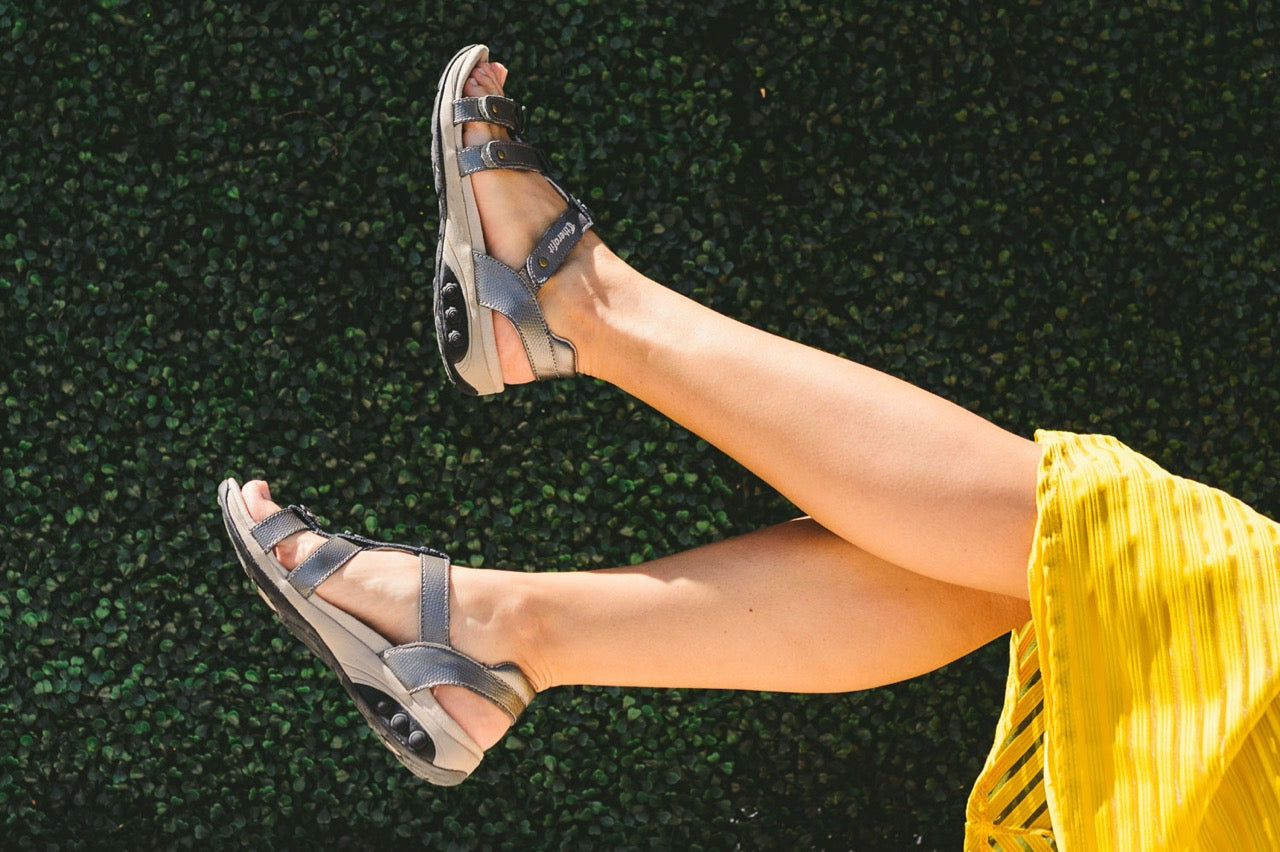Arch and Heel and Ball of Foot Pain, Oh My!
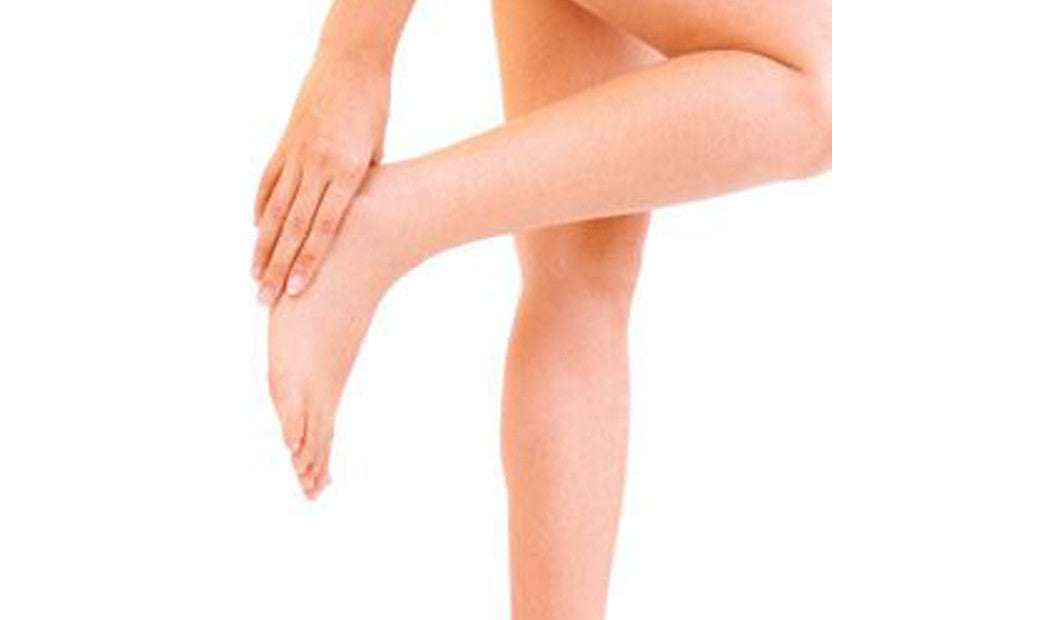
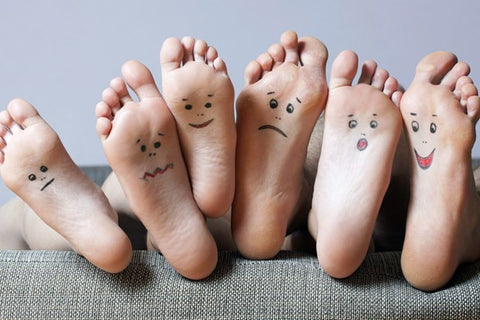
Did you know that we walk an average of 115,000 miles in our lifetime? With every mile we walk, we shift approximately one hundred tons (the weight of a blue whale), just to move our own body weight forward. Needless to say, your feet are kinda important – so it’s also kinda important to take care of them.
Foot problems can be inherited or onset from disease, however 70% of foot issues are directly caused by badly fitting shoes (this is where we come in!) Each foot has 26 bones, 33 joints, 20 muscles and 100 ligaments – your feet are extremely complex
Your feet can mirror your general health - your podiatrist may be able to detect the initial signs of conditions such as poor circulation and arthritis by simply checking your feet.
There are over 300 different foot conditions - and a sample study showed that nearly 90% of people in the UK are affected at some point in their life.
So, as you read this, straighten your toes and wiggle them - this will help exercise and refresh your toes as we give you some tips on how to relieve your pain!
Ouch, it hurts!
No matter what you do throughout your day, whether you’re dropping something off at your boss’s office or walking the dog, the heel is the first bone to contact the ground as you move through your day. It is the largest bone in the foot and absorbs most of the shock and pressure, so it's no surprise that most foot pain stems from this little guy.

The most common cause of heel pain is plantar fasciitis. Plantar fasciitis is a stretching of the plantar fascia, a ligament that runs from the ball of the foot through the arch and is connected to the heel. It is that attachment which becomes aggravated and typically causes pain after being on your feet for long lengths of time.
Heel spurs, which develop as abnormal growths in the heel bone due to calcium deposits (forming a bony little protrustion when the plantar fascia pulls away from the heel), are a huge cause of pain in the foot as well. This usually occurs as a result of over-pronation (flat feet), but alternately those with unusually high arches can develop heel spurs as well. Because of the unsupportive shoes that women tend to wear, they have significantly higher incidence of heel spurs that men do.
Abnormal motion of the foot is one cause of plantar fasciitis, however severe arch pain may also occur because of inflammation from the over-stretching of the plantar fascia. This often happens to those with fallen arches (a fallen arch is one that has collapsed due to bearing too much weight). Flat feet (over-pronation) can lead to extreme stress and swelling of the plantar fascia, leading not only to discomfort, but causing other foot ailments as well. For those with fallen arches or naturally flat feet, proper arch support is extremely important because without them, small imbalanced movements can pull your body out of alignment and cause stress, strain, and fatigue to your lower body.
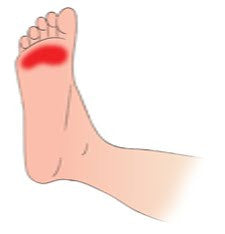
Although the issues above are most common, another sensitive and painful spot may occur around the ball of the foot. This is the section between your arch and your toes, and as you walk, your weight is shifted from the heel to the ball of your foot. If your body weight is not properly aligned over it, pain and swelling of the area may occur. As we age, we generally tend to lose the fat pad underneath the ball of the foot, leading to abnormal pressure and shock to the area.
So what to do?

- First step is to determine what type of pain you are suffering from, and where it stems from. Contacting your podiatrist is an excellent beginning.
- Wearing proper shoes and support is KEY. No ifs, ands, or buts about it. Shoes that properly support your arches, have space for your orthotics, even shock-absorbing soles, and heel cups are what the foot fairy ordered, and though it may sound like an impossible combination, we found them to be unstoppable in relieving the major foot ailments most suffer from. Which is why we crafted our shoe the way we did, plus went the extra step to let YOU customize your desired level of support.
- As you walk around town, but especially when exercising, you need to have those arches lifted and those soles evenly distributing the weight throughout your feet as well as absorbing the shock of impact.
- Avoid over-training at all costs! Ice and elevate your feet for at least ten minutes to help circulation after being on them for long periods of time. To refresh your feet, massage them gently with a foot roller – or better still ask your husband to rub them for you ;)
- And of course, ladies – LIMIT how often you wear those painfully pretty high heels. They can cause serious issues not only because they cause an unnatural shift of weight directly to the balls of your feet, but they wreck with your posture, back, and knee joints as well. THEY AINT WORTH IT.
- Maintaining a healthy body weight will also help the pain a lot, as there isn’t as much pressure bearing on the feet and arches. Eating a greater portion of green veggies and moving for at least 30 minutes a day will keep you on track :)
Make Your Whole Body Happy - Therafit's insoles are deisng to lift and separate the long bones of the arch, transferring pressure away from the ball of the foot area. The shoes are makde to take the shock of each step and distribute it downward and outward, and by inserting or removing the Personal Comfort Adapters found in the heel, you can adjust the impact resistance of each step!
Learn how Therafit Shoes can help ease your back, knee, leg, and foot pain!

